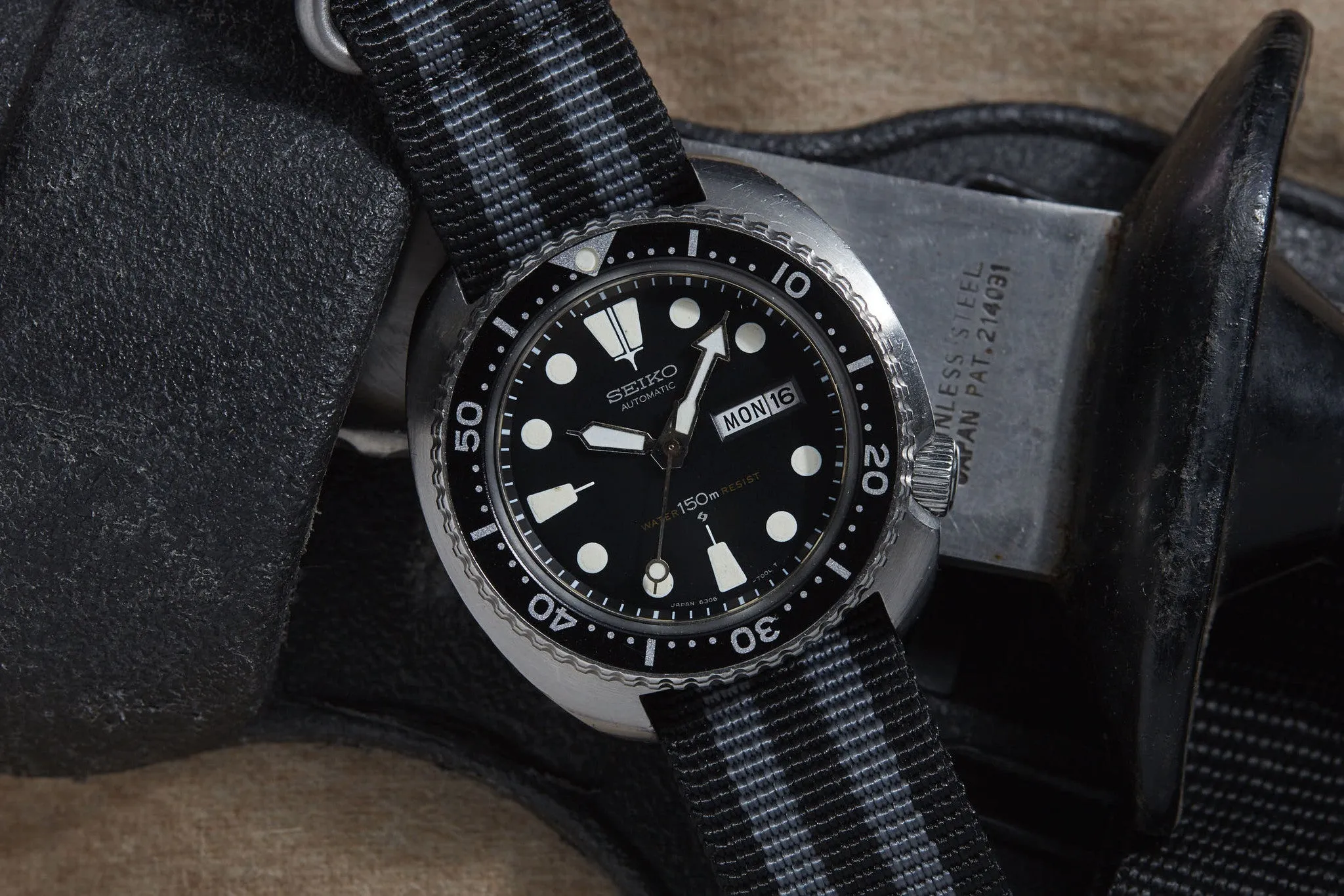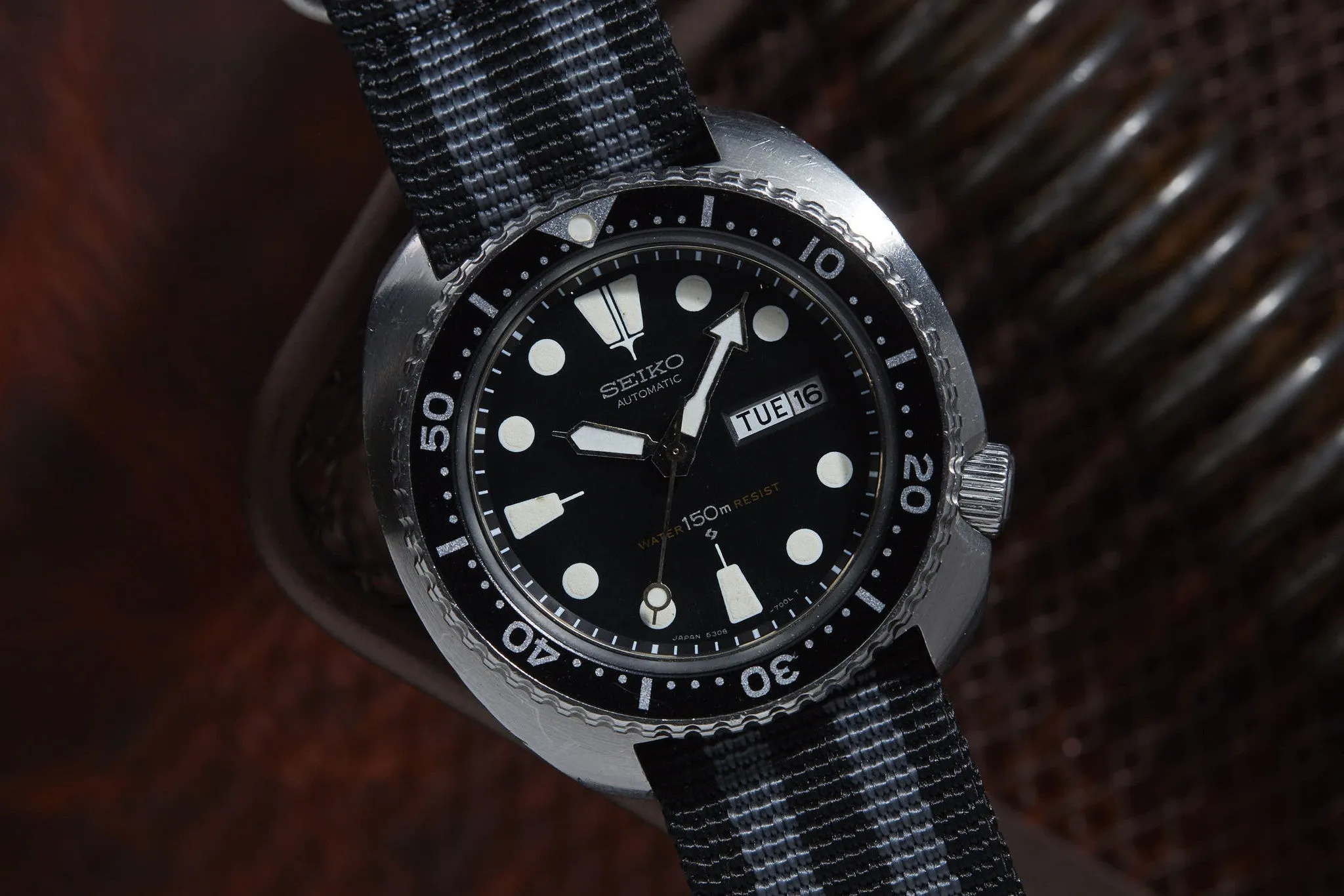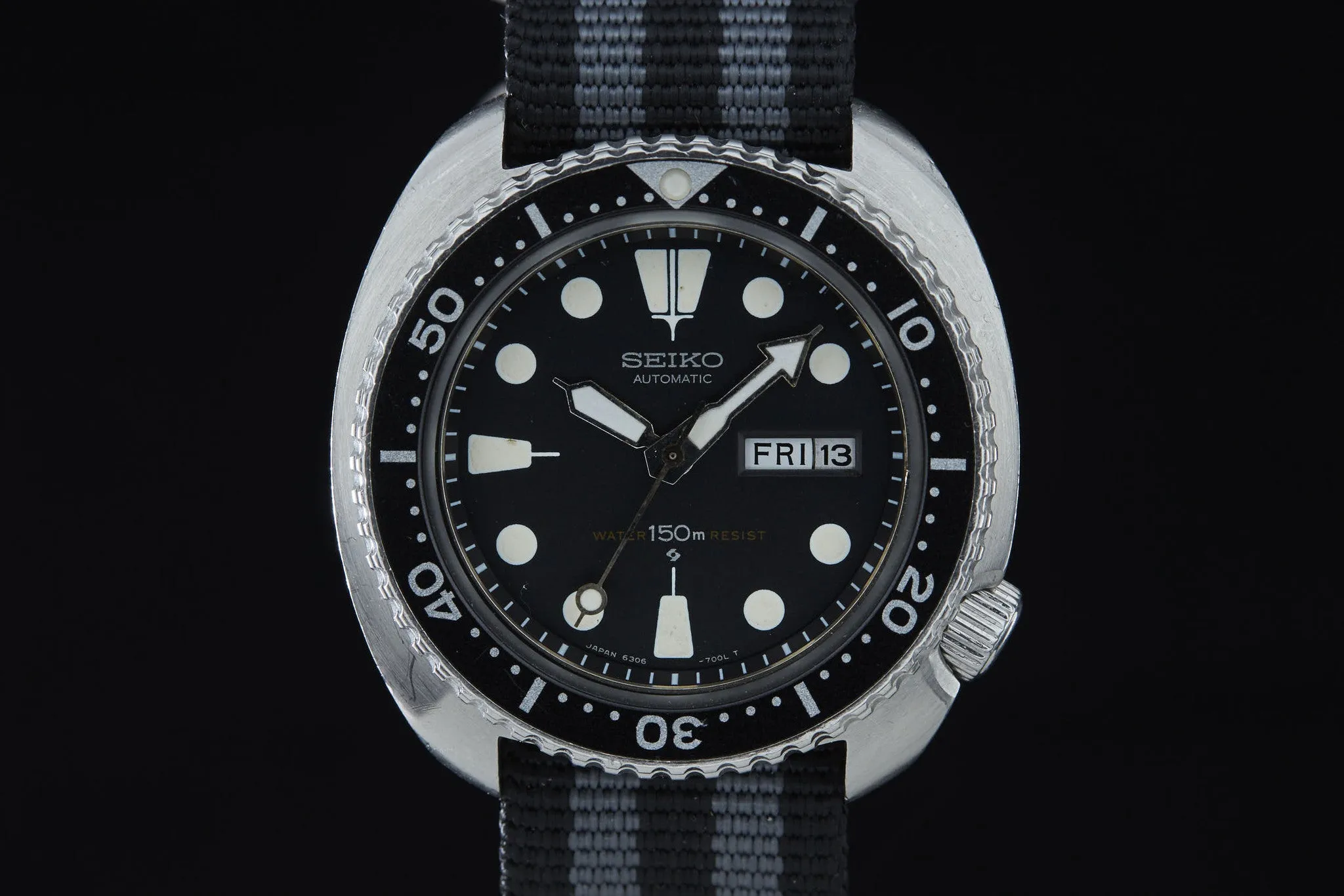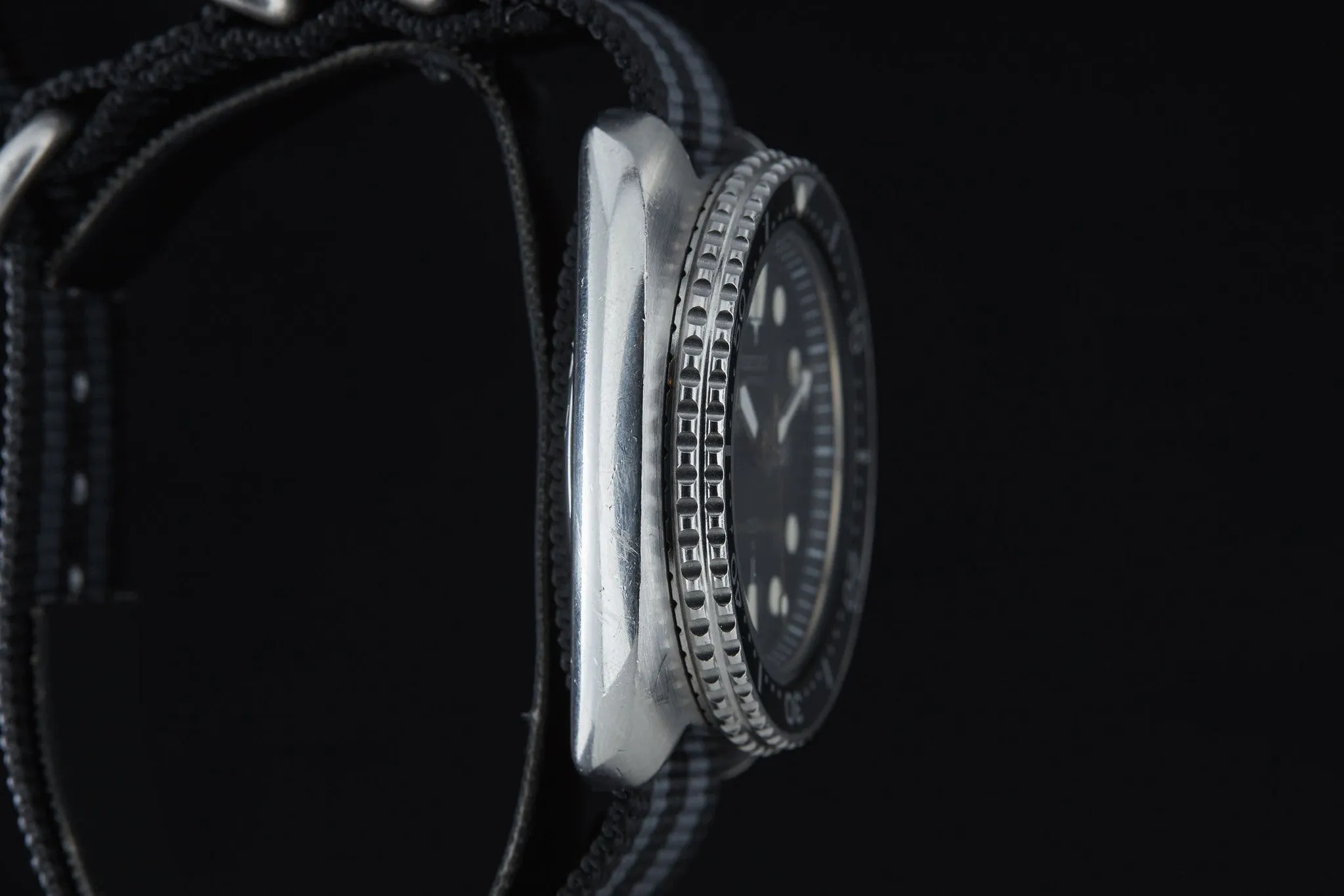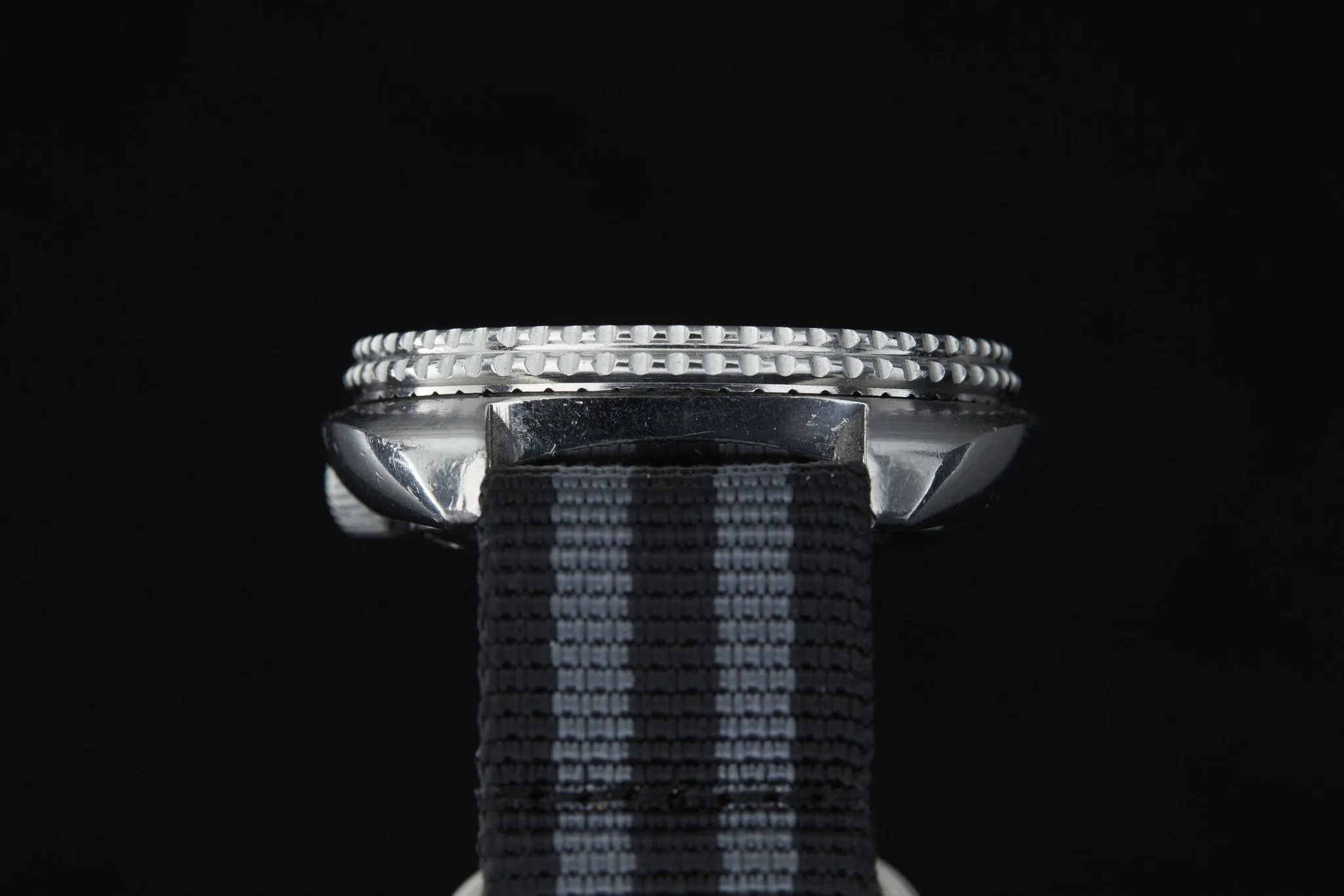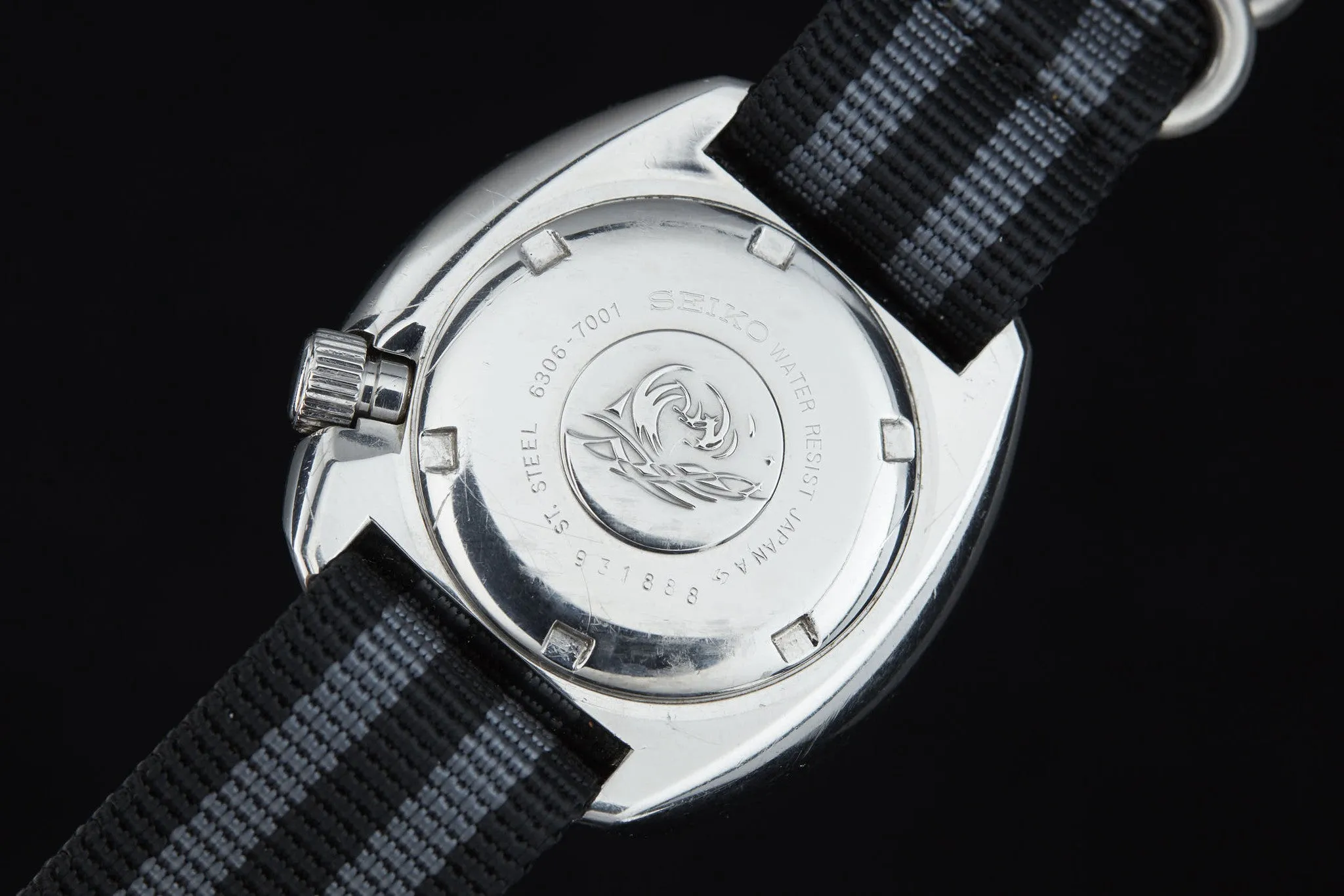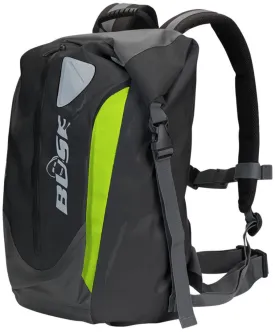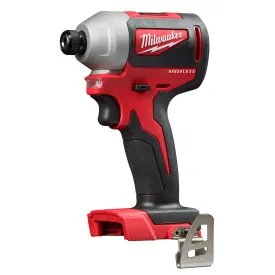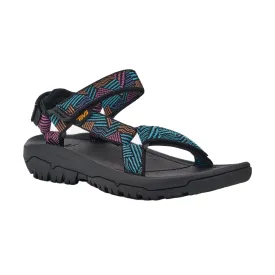After thirty days at sea, a double-hulled canoe with wooden masts and red V-shaped sails glided into Papa-ete Harbor in Tahiti.
To the 17,000 people that greeted her, the voyage of the Hōkūle'a represented more than just the resurgence of the ancient Polynesian art of wayfinding. It was more than just a part of the Bicentennial Celebration of the United States. For the Polynesian people, it reaffirmed the fact that their ancient ancestors had traversed the Pacific, sailing from island to island by a deliberate course rather than drifting along the currents.
Before sextants, before compasses, before John Harrison's marine chronometer, humans navigated by the stars. The ancient seafaring civilizations explored their world using the constellations. For example, in Homer's Odyssey the nymph Calypso tells the hero Odysseus that he may find his way back to Ithaca by keeping "the Bear" (Ursa Major) over his left shoulder.
The ancient Polynesians, for their part, used a method called wayfinding, in which sailors use the positions of the stars in the sky--as well as the Sun, Moon, and the ocean swells, and even the birds in the sky--to navigate across the open ocean.
The people of Polynesia had long asserted that their ancestors had settled the vast regions of Polynesia--from Hawaii, to Easter Island, and New Zealand--using wayfinding rather than drifting on currents or sailing from the Americas as anthropologists such as Thor Heyerdahl suggested. In 1973, the Polynesian Voyaging Society set out to sail from Hawaii to Tahiti using traditional Polynesian navigational methods, in a replica of a wa'a kaulua (a voyaging canoe). However, by 1975, there was no one in Polynesia who remembered that method, or knew how to build a voyaging canoe--nor had there been one for six hundred years.
But there was one man--Mau Piailuig, from the Micronesian island of Satawal--who had learned, by rote, from his father, who had learned it from his.
So in March of 1975, the Hōkūle'a was launched, and the following year the canoe set sail for Tahiti.
Ben Finney, an anthropologist and founding member of the Polynesian Voyaging Society, wrote of the voyage:
"Despite a week spent becalmed in the doldrums, and then an encounter just below the equator with headwinds that for a time threatened to drive the canoe to the west of Tahiti, in 30 days at sea, Hokule'a made enough easting against the trades to reach the atoll of Matahiva, the westernmost island of the Tuamotus from where it was easy to sail on to Tahiti. Even when days of solid cloud cover hid from sight the stars, sun and moon, Mau was able to keep the canoe on course and to keep in his mind a picture of the canoe's progress toward Tahiti. And, obligingly, small, white terns skimming over the sea provided Mau with a sign that Matahiva was near before we could actually see this low island."
The voyage of the Hōkūle'a inspired a renaissance in traditional Polynesian culture, and she still sails the world to this day.
In the 1960s and 1970s, Seiko was also undergoing a rebirth of sorts. The brand's position as official timer for the 1964 Summer Olympics, held in Tokyo, gave it exposure on a global scale. The following year, they launched what would become the first in a long line of dive watches.
In 1976, Seiko released the Reference 6309. Like its predecessors, the 6309 used a cushion case, but departed from the asymmetrical case design, instead utilizing a hefty 45mm symmetrical cushion or "turtle" case. The 6309 also added a day function to the simple date window that its predecessors bore; a revamped dial with circular luminous plots instead of rectangular ones; unique bell-shaped markers at 6 and 9 o'clock and a double bell at 12; and a thicker bi-directional bezel with two rings of knurling versus one, making it easier to operate with gloves.
Concurrently to the 6309, Seiko also produced a version of the iconic diver for the Japanese market. On the wrist, the 6306--which we have here--feels identical to its cousin the 6309, but has a different movement, the Caliber 6306. Also, due to it being a JDM version, the movement has 21 jewels rather than the 6309's 17.
Another small difference that brings infinite delight is the bilingual date wheel, available in both Japanese (Kanji!) and English.
Due to the shorter production run of the 6306, and its unavailability outside Japan, the 6306 is relatively scarce. Perhaps most desirable of these are the earlier examples that pre-date the move of Seiko's factories from Japan to Hong Kong and Malaysia. Prior to that move, Japan operated out of two factories in Japan--the Suwa and the Daini factories. A clever eye can distinguish the Suwa symbol on the dial, above 6 o'clock, and on the back of the case near the serial number. Both are visible here, dating this to approximately March of 1979, shortly before Seiko shifted production away from Japan.
Rare and beautiful, the Seiko Reference 6306 is a sterling example of what happens when manufactures marry aesthetics with functionality--a watch that can take a beating and yet looks stunning on the wrist. Further, it is a watch ready for exploration and adventure, a watch ready to keep pace with you no matter where (or how) you find your way.




